
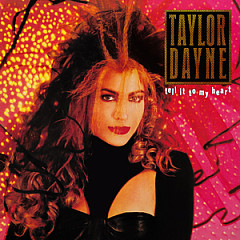
The guy who wrote "Tell It To My Heart" owns a collection of famous baseballs, including the one that went through Bill Buckner's legs.
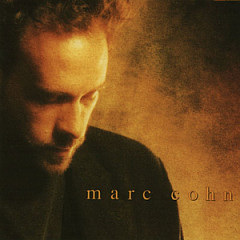
When Marc Cohn played "True Companion" to his girlfriend, she thought he was proposing. He wasn't, but he did eventually marry her.
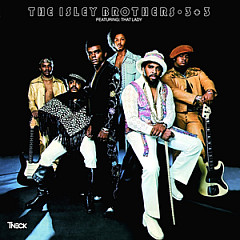
The Isley Brothers' "That Lady" was sampled by Kendrick Lamar for his 2014 single "I." Lamar turned up at Ronald Isley's house to personally ask permission to borrow from the song.
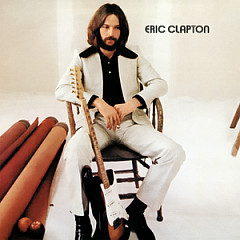
"After Midnight" was written by the Oklahoma guitarist J.J. Cale, who was dirt poor until Eric Clapton recorded his song and turned it into a hit.
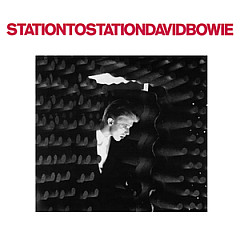
David Bowie's "Station to Station" is over 10 minutes long. Bowie was doing a lot of drugs at the time and later said, "I have only flashes of making it."
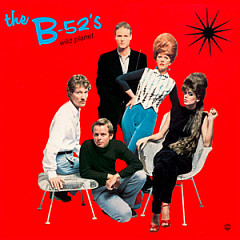
The B-52's picked chose the location of their song "Private Idaho" because the state had a reputation for being wacky and mysterious. The title was a play on the phrase "Private Eye."
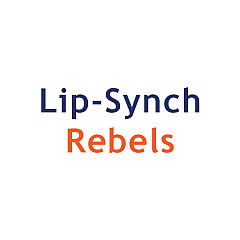
What happens when Kurt Cobain, Iron Maiden and Johnny Lydon are told to lip-synch? Some hilarious "performances."
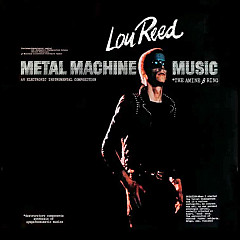
A selection of songs made to be terrible - some clearly achieved that goal.
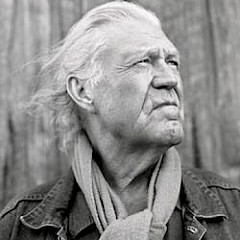
The outlaw country icon talks about the spiritual element of his songwriting and his Bob Dylan mention.
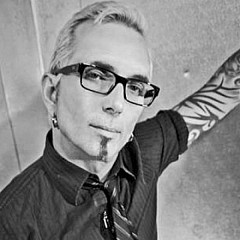
The lead singer of Everclear, Art is also their primary songwriter.
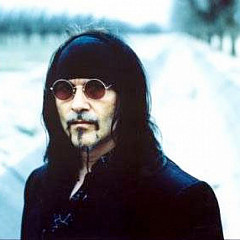
In the name of song explanation, Al talks about scoring heroin for William Burroughs, and that's not even the most shocking story in this one.
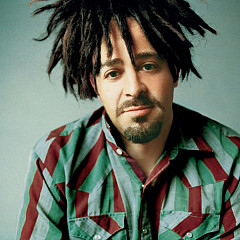
"Mr. Jones" took on new meaning when the song about a misguided view of fame made Adam famous.